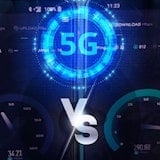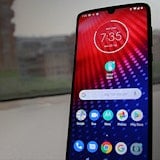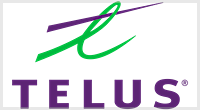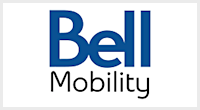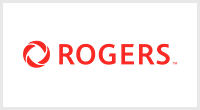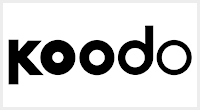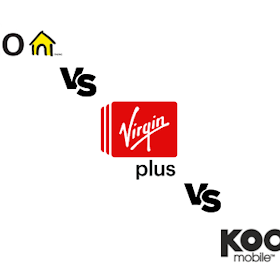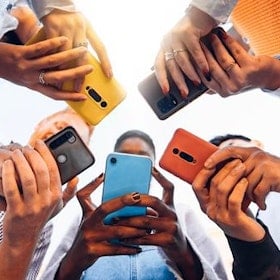 Susan Crawford, author of Captive Audience: The Telecom Industry and Monopoly Power in the New Gilded Age has been making tech headlines recently with her take on the current climate of America’s broadband infrastructure and market. Of particular interest to us are Susan’s comments on a US trend towards cultural inequality, with broadband access becoming a wedge between people of different income levels.
Susan Crawford, author of Captive Audience: The Telecom Industry and Monopoly Power in the New Gilded Age has been making tech headlines recently with her take on the current climate of America’s broadband infrastructure and market. Of particular interest to us are Susan’s comments on a US trend towards cultural inequality, with broadband access becoming a wedge between people of different income levels.
The split has to do with both pricing and geographical availability, among some other factors. Susan Crawford compares broadband pricing in NY City to that of Hong Kong. According to Crawford, Hong Kong’s internet users have access to 500Mb broadband connections for the equivalent of US$25 per month, a figure she compares with NYC’s $200 per month for a similar service.
Alternatively in Seoul, Korea, users can choose between 3 distinct and big-time fibre-optic broadband competitors. Competition is apparently so fierce that customers can expect cheap installation of a broadband fibre connection within a single day, often on the same day.
Crawford goes on to say that a 19 million members of the US population simply can’t get access to high speed connections, “leaving behind a third of Americans”. This figure is a result of either geographical location or, more often, because it’s too expensive. Susan says this is “creating two Americas and deepening inequality.”
We have to say that Susan’s argument is compelling. If the figures are to be believed just 40% of houses with incomes below $25k have wired internet connections. Compare this to the 93% of houses with over $100k income and you may begin to see her point.
The problem is that the internet has now become such an integral part of culture and life that it can no longer be considered a commodity; it is a utility. School students often require the internet to do homework, leading to an apparent trend in low-income families sending their children to areas with free WiFi, such as McDonalds restaurants, just to fulfil their study requirements. Moreover, many or even most modern jobs can only be applied for online, news and media content is increasingly distributed over the Net and cultural trends/phenomena/fashion/jokes/language is all heavily developed and distributed by web-based services and interactions.
By being restricted access to something that has become one of three primary sources of distributive information (among Television and Radio), a service which has also replaced libraries as our main source of self-sought information and that even doubles as our most valuable technological tool for creation and conversation, many Americans are missing out on a huge chunk of the contemporary cultural experience.
This not only limits one’s ability to join in on conversation and entertainment but, as we mentioned earlier, can limit job, study and financial opportunities.
Crawford attributes this increasing divide to the lack of competition between the major players. Cable providers such as Time Warner and Comcast, she implies, have divided up the nation in to territories in which each can essentially compete uncontested by another major player. Moreover, cable companies like Time Warner and Comcast seem unwilling to move in to and challenge wireless providers such as Verizon or AT&T and vice-versa. One gets the idea from her arguments that this is because it could spark the wireless giants moving in to the wired sector to make up for the business they would lose to the new level of competition, creating more competitors in the wired market with sufficient pockets to go head to head with Time Warner and Comcast.
We haven’t crunched the numbers ourselves, nor have we looked too deeply in to federal regulation of broadband distribution and the business practices of America’s largest broadband providers, so we can’t really throw our own opinion in to the mix.
But, for what it’s worth, while America certainly doesn’t have the worst access to broadband internet in the world, it doesn’t come close to have the best, either. While this might be easily discarded with an attitude of “good enough” in another nation, in the world’s richest country and the country that actually invented the internet, “good enough” might not be good enough.
Related Articles
Find Better Phones and Plans
Hundreds of cell phone plans unpacked. All the facts. No surprises.


